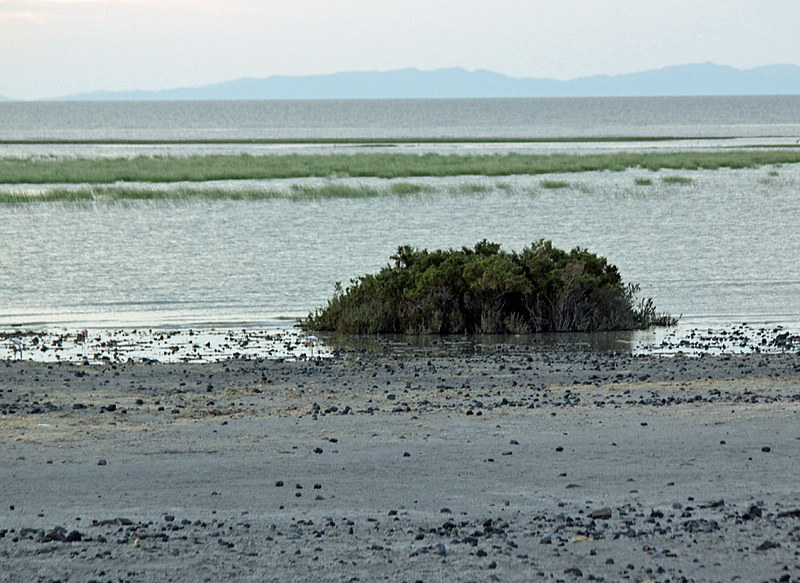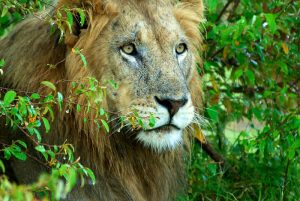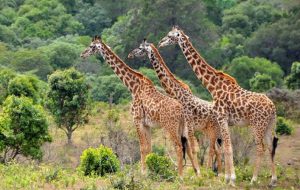Sibiloi National Park
Sibiloi National Park, situated on the northeastern shore of Lake Turkana in Kenya’s Marsabit district near Ethiopia, stands out for its fossil discoveries, attributed to scientists and researchers like Dr. Richard Leaky. It forms part of the East African rift valley system, featuring gently sloping hills and volcanic cones. Gazetted to safeguard these remarkable fossil sites, the park’s landscape embodies a semi-desert environment with open plains and volcanic formations supporting a rich array of birds, small mammals, and reptiles adapted to its conditions.
Considered Kenya’s most remote national park, Sibiloi has no permanent residents. However, during dry seasons from December to March, Gabbra, Rendille, and Turkana pastoralists, along with their animals, are permitted temporary access. This practice displaces some wildlife but does not impact areas where fossil deposits were found.
As part of the Somali biogeographical province, Sibiloi encompasses Lake Turkana, a significant breeding ground for Nile crocodiles. Its climate ranges from hot and arid (December to March) to cooler months like June and July, with strong winds, especially from May to September.
Access to Sibiloi is possible through various gates like Karsa, Alia Bay, and Koobi Fora, reachable by road from Nairobi via Kitale and Lodwar, or by air, with airstrips in Lodwar, Marsabit, and Loiyangalani.
Attractions:
Lake Turkana
Enclosed by a volcanic island, Lake Turkana’s shoreline, rocky and sandy, harbors minimal aquatic vegetation. The central island serves as a breeding and stopover site for migrant birds, lending to its nickname, the “jade sea.” The lake, once known as Lake Rudolf, boasts three volcanic islands, two of which are national parks.
Koobi Fora
This area within Sibiloi Park is renowned for fossil deposits dating back two million years. It offers evidence of early human activity and ancient animal species. A paleontological museum showcases these remains, including Australopithecus robustus, Homo habilis, Homo erectus, and Homo sapiens.
Wildlife
Sibiloi’s diverse wildlife includes zebras, gazelles, oryx, cheetahs, lions, and crocodiles. The central island hosts a significant flamingo population, while birdwatchers can spot species like the Somali ostrich and various falcons.
Petrified Forest
Visitors can explore this unique attraction featuring tree fossils dating back to prehistoric times. Formed from submerged scrubland, these fossils offer insights into ancient ecosystems.
Jarigole Pillars
An excavation site near Alia Bay, it contains stone pillars and artifacts dating back thousands of years, providing glimpses into pre-iron age cultures.
Karari Escarpment
Rich in archaeological records, this site reveals evidence of early hominid activity and offers insights into ancient civilizations.
Activities
Game Viewing
Tourists can observe Sibiloi’s wildlife, including zebras, oryx, lions, and more, adapted to arid conditions.
Cultural Tours
Interact with local communities like the Gabbra, Turkana, and Dassanach, experiencing their rich cultural heritage.
Nature Walks
Trek through the petrified forest and Koobi Fora spit, guided by experts who share insights into the park’s geological and archaeological wonders.
Accommodation options in Sibiloi cater to various preferences, from luxury lodges like Oasis Lodge to midrange resorts such as Jirime Resort and budget options like Imperial Dale Hotel Marsabit. Camping facilities offer opportunities to experience the African wilderness firsthand, with sites available near the museum and facing Mount Sibiloi.
Embark on a journey through time in Sibiloi National Park, where the echoes of prehistory resonate amidst breathtaking natural beauty, beckoning visitors year-round.




